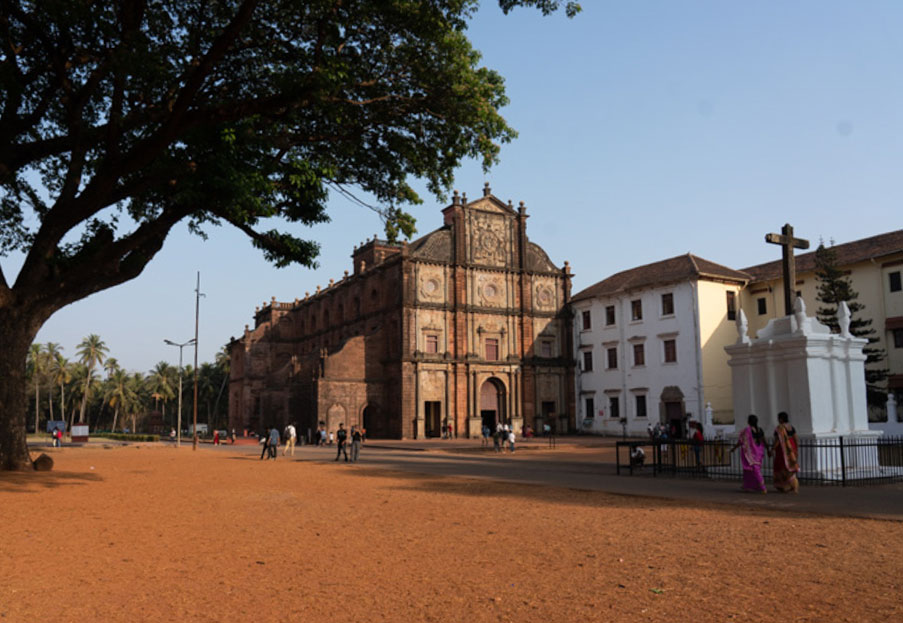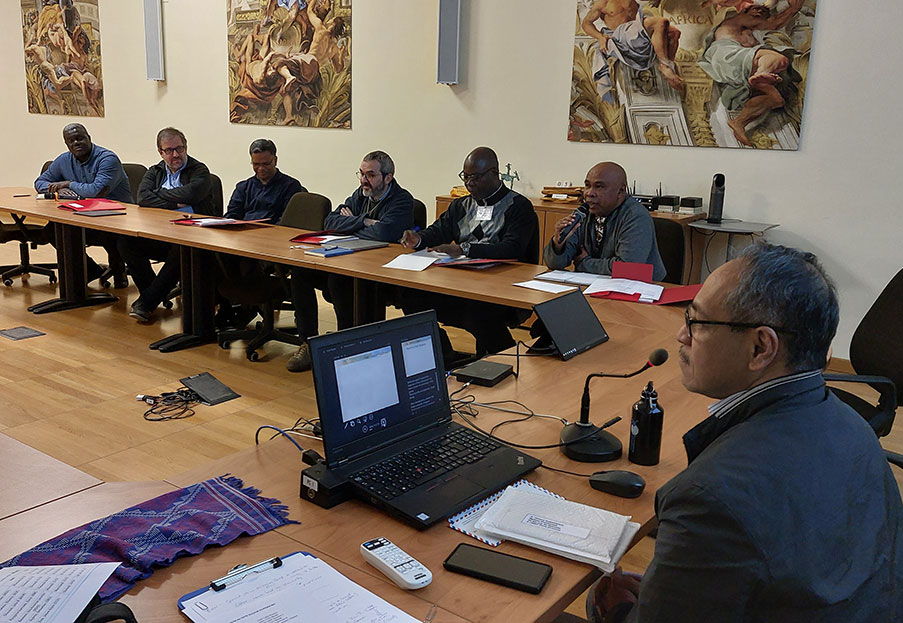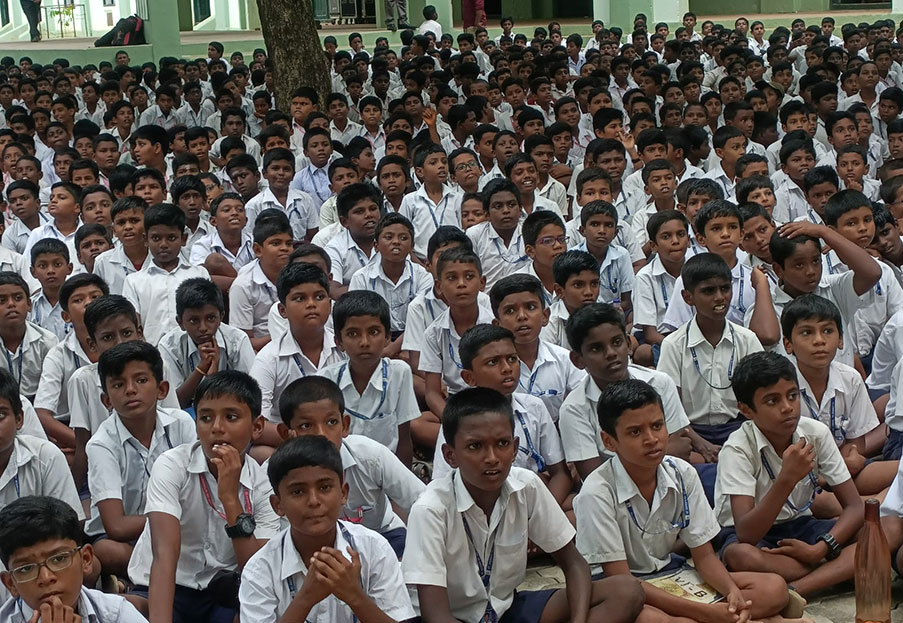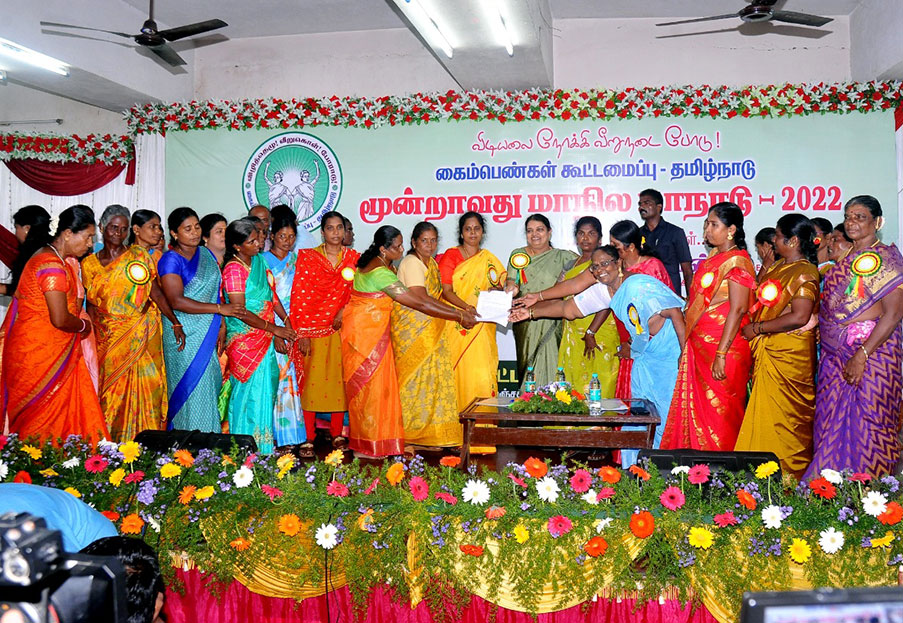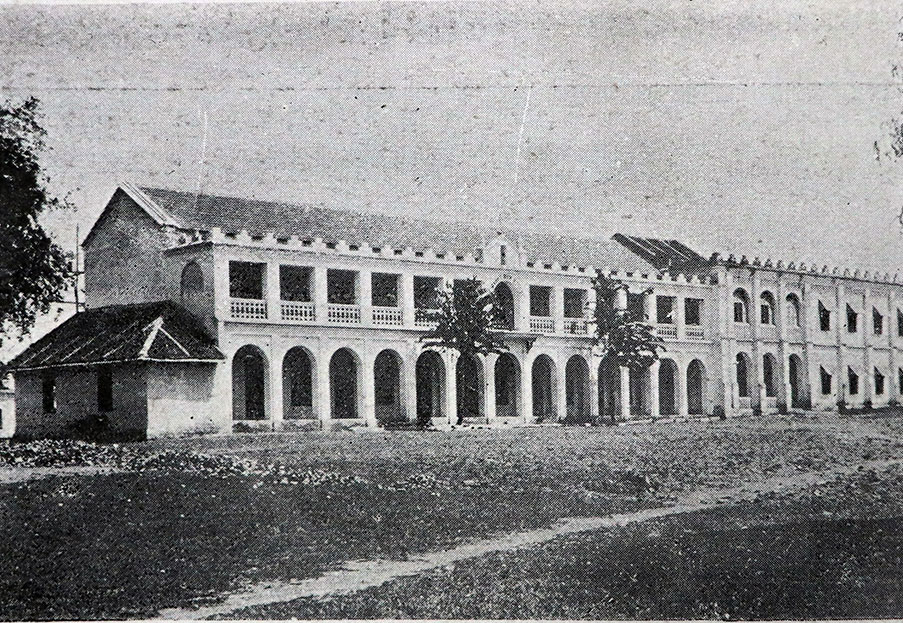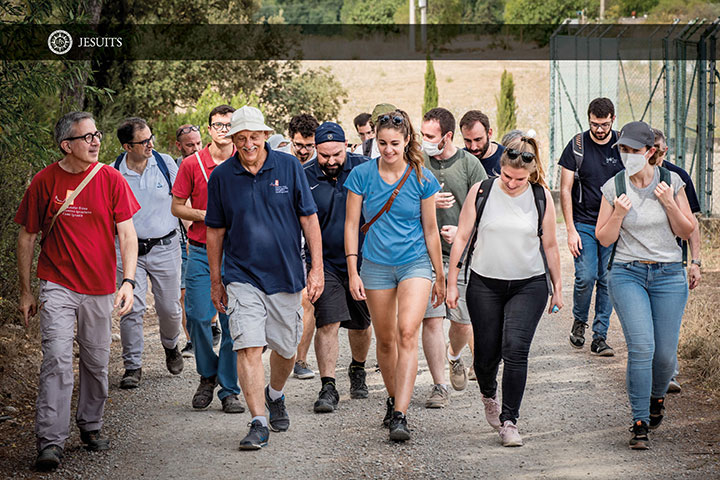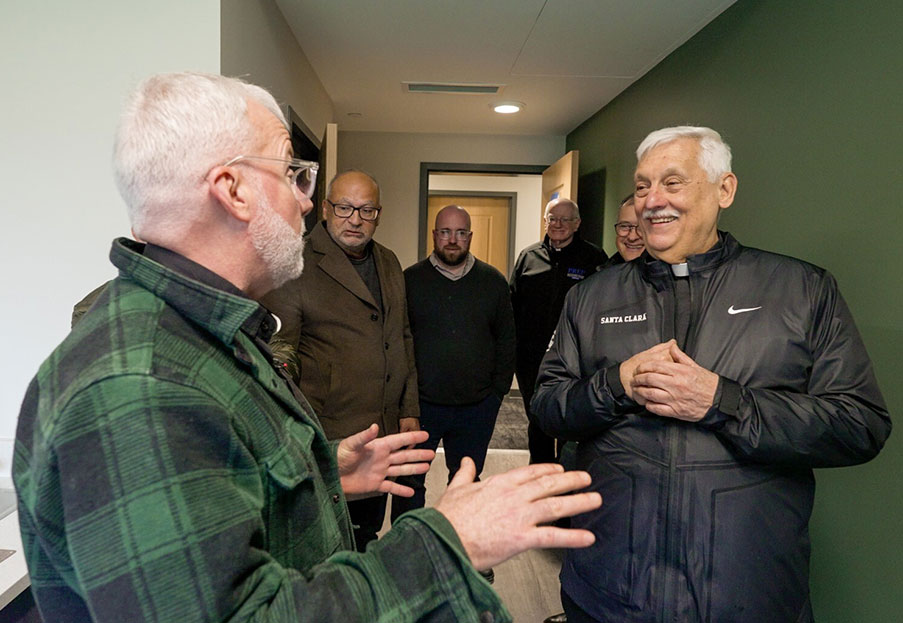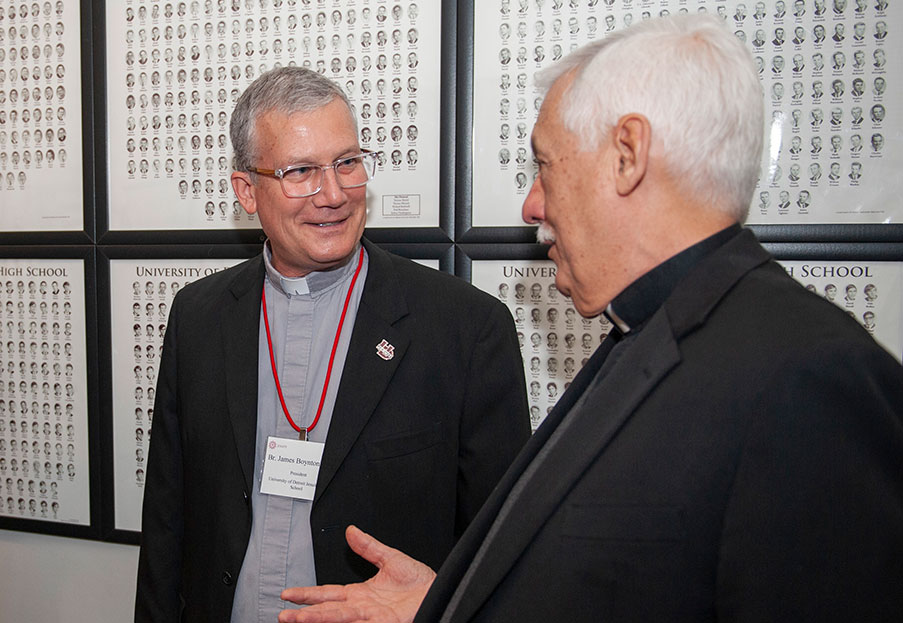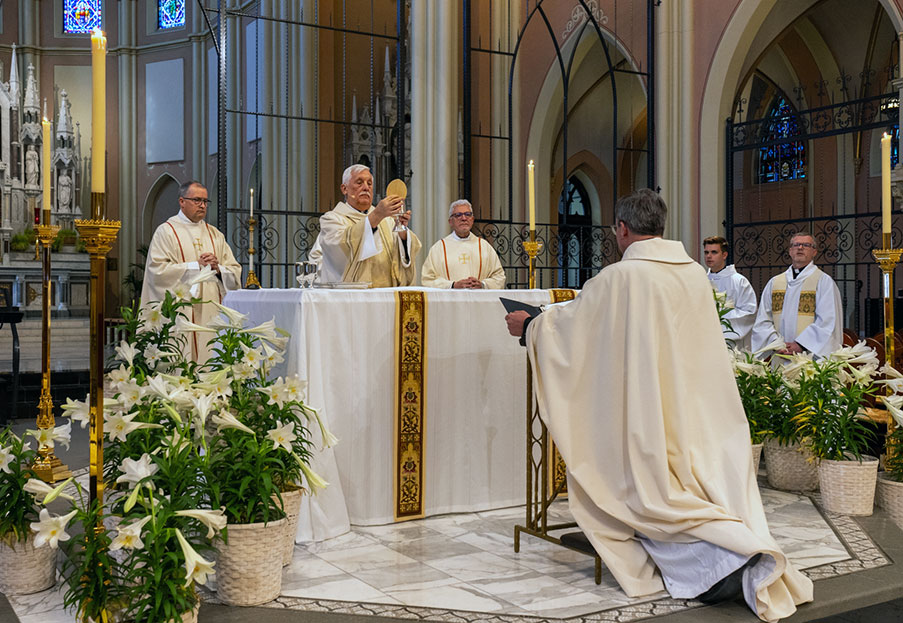The Kerala Jesuit Province: a brief sketch
These days, the Major Superiors of the Jesuit Conference of South Asia are meeting in Kozhikade, in the Kerala Province. We highlighted this in our previous article a few days ago. Now, let us focus our attention on the host Province. Fr E.P. Mathew has painted the history of his Province, from the 16th century till today.
Jesuit presence in Kerala before the Suppression of the Society
Jesuit presence in Kerala dates back to the times of St Francis Xavier who arrived in India in 1542. He landed in Goa and reached Kochi (Cochin in colonial records) the same year. He later passed through Cochin many times during his journeys since it had become a major Portuguese centre. But he did most of his missionary work in the coastal villages along the southern coast of Kerala. Gradually, Jesuit apostolic centres flourished in coastal Travancore and around Cochin and were extended to the hinterland. In 1577 a Jesuit house was founded at Vaipinkota near Cochin. Later this house was developed into a full-fledged seminary teaching subjects like philosophy, theology, Syriac and Latin. Fr Don Francis Roz, SJ, was consecrated as the first Latin Bishop of the Thomas Christians in 1601. The seminary was shifted to Ambazhakad near Paravur in 1662 after the Dutch took control of Cochin. Eminent scholars like Arnos Padiri, Constanzo Beschi (Tamil Scholar), St. John de Britto, and Robert De Nobili studied here.
The Society of Jesus had only one Province in India, namely Goa, till 1601. It was divided and a new Malabar Vice-Province was established in 1601 with its headquarters in Cochin to coordinate the work of the Jesuits in South India. Jesuit houses came up in other centres like Kodungallur, Kozhikode and Kollam. The first Indian to join the Society of Jesus was Pedro Louis from Kollam in the year 1560. No other Indian was admitted to the Society till its suppression in 1773.
The vibrant coastal Christian communities of Thiruvananthapuram district present a living witness of the Jesuit missionary activity in the pre-suppression period. The Nemam Mission, though non-existent today, also bears memories of Jesuit missionary activity before the suppression. Jesuits reached Nemam and the interior areas of Travancore around 1700 and worked among the Sanars and the Nayars. Nemam Mission flourished in the first half of the 18th century. However, the dynamic Jesuit presence in Kerala from the 16th to the 18th centuries came to an abrupt end with the suppression of the Society worldwide in 1773. Almost all the Jesuit institutions in Kerala were closed down or taken over by the dioceses.
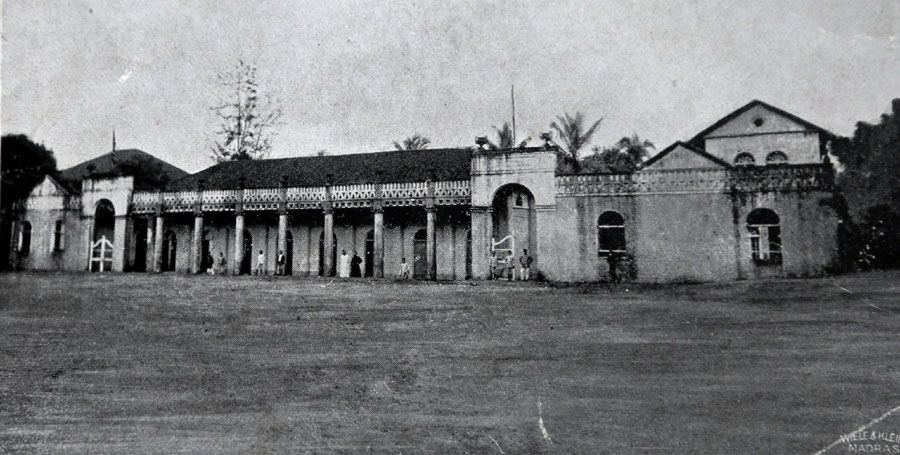
Jesuits return to Kerala
After the restoration of the Society in 1814, the Jesuits returned to India, first reaching Bengal in 1834 and then moving to other places. But their return to Kerala was delayed. The Jesuits of the Venetian Province reached the northern part of Kerala in 1879 as part of the Mangalore Mission. The headquarters of the Mangalore Mission was shifted to Kozhikode in 1923, and it was renamed ‘Calicut Mission’. A Novitiate was started at Christ Hall in Kozhikode in 1933. The intense missionary activities in Wayanad and Chirakkal areas gradually led to the establishment of the dioceses of Calicut and Kannur. The Jesuits from the Goa Mission arrived in Cochin in 1892 at the invitation of the Bishop. The two groups of Jesuits working in Kerala were merged in 1951 and brought under the Madurai Jesuit Province.
Kerala becomes a Vice-Province
The Kerala Region was elevated to be an independent Vice-Province in 1960. The newly created Vice-Province had 139 members of whom 50 were priests, 68 scholastics and 21 coadjutor brothers. It had seven major institutions and residences at that time. The Province began to extend its activities to newer areas and establish educational institutions and socio-cultural centres particularly in the southern part of Kerala. In 1983 the Vice-Province was made a full-fledged Province.
The early years of the young Province witnessed the establishment of a number of institutions, mostly educational, in different parts of Kerala. The financial health of the young Province was precarious, and formation of the scholastics added to the financial burden. Apostolic focus was on developing centres of spiritual ministry, counselling, youth formation, media apostolate, and intellectual apostolate with considerable success. The apostolic orientation of the Province took a different direction after the 32nd General Congregation with its accent on “service of faith and promotion of justice”. New socio-pastoral centres were established inspired by the new vision. Two areas received special attention: the fisher communities along the seashore, and the tribal communities on the hilly regions.
In the late 1970s, a new-found interest in missionary activities led to the opening of Missions outside Kerala. It is hoped that the new engagement in mission fields will enrich the Province by opening new vistas in the true spirit of Jesuit availability.
Kerala Province Today
Today, Jesuits are present in nine districts of Kerala and two districts of Tripura. They are engaged in various apostolic activities in 11 dioceses of Kerala and one diocese in Tripura. At the beginning of 2024, the Kerala Province has a total of 179 members. It includes 133 priests, 43 scholastics and three brothers. The ministries with the largest number of Jesuits are: secondary and higher education (30), social apostolate (12), spiritual ministries, counselling and guidance (14).
